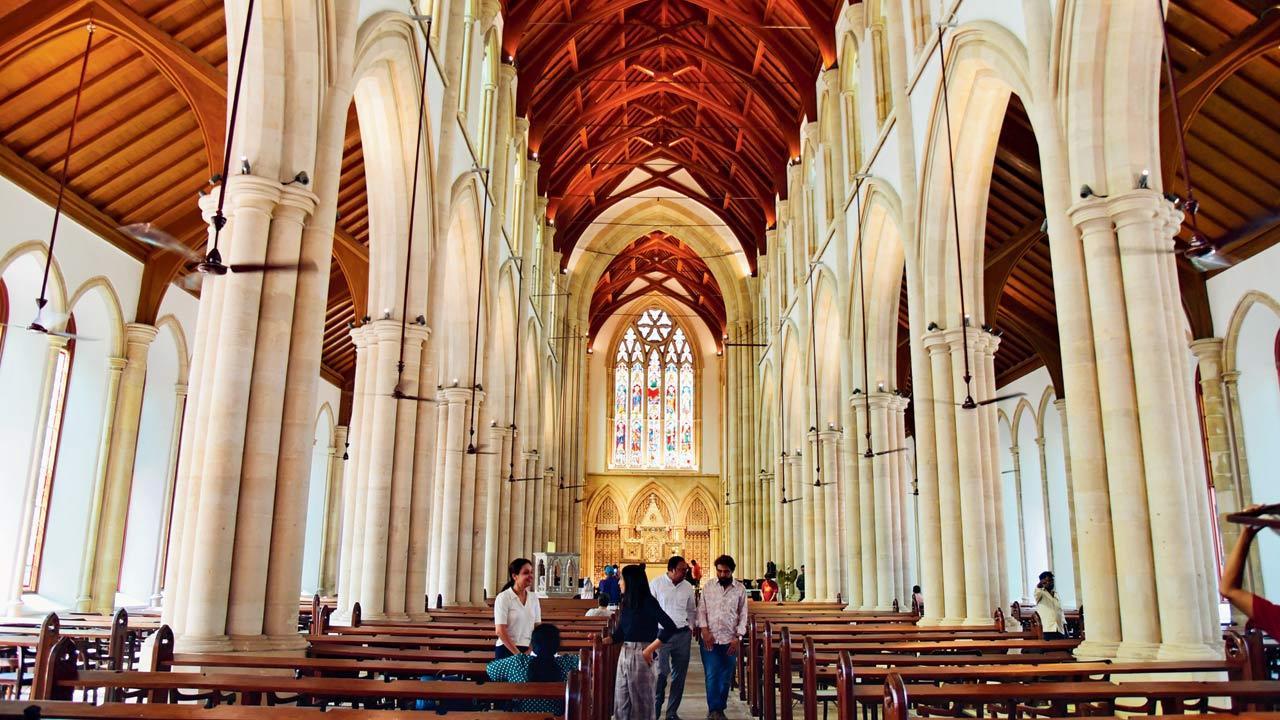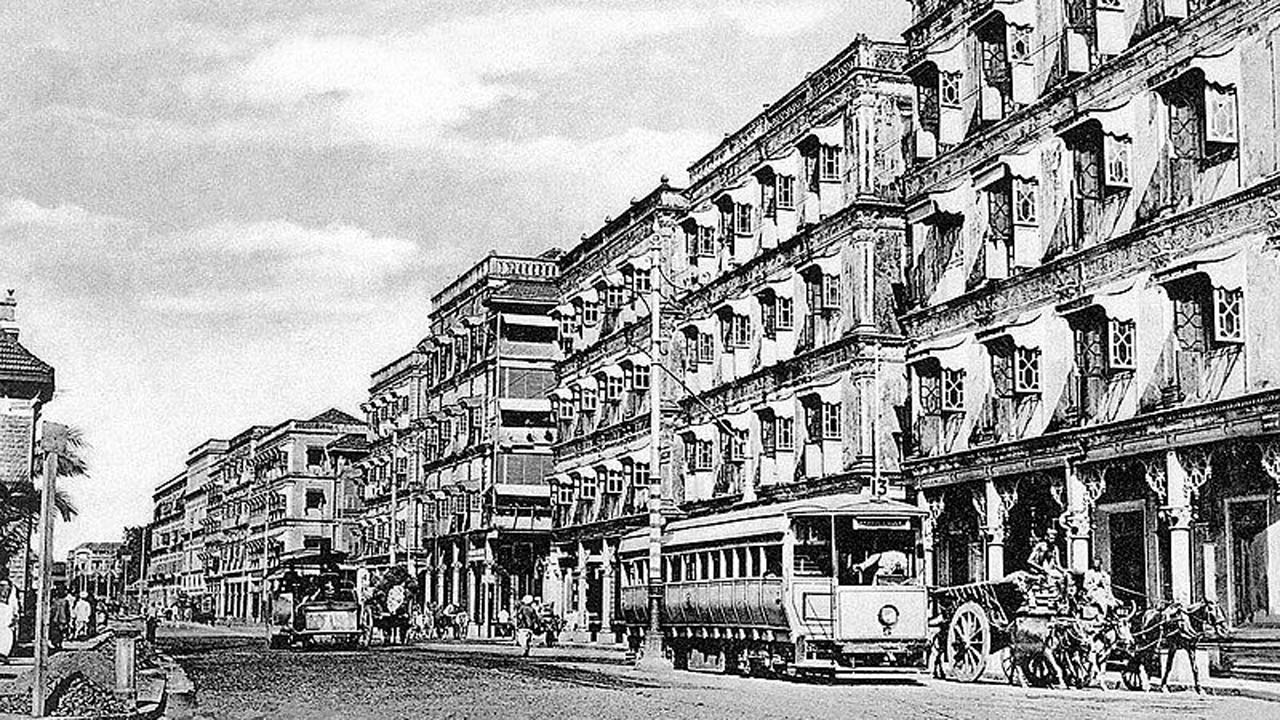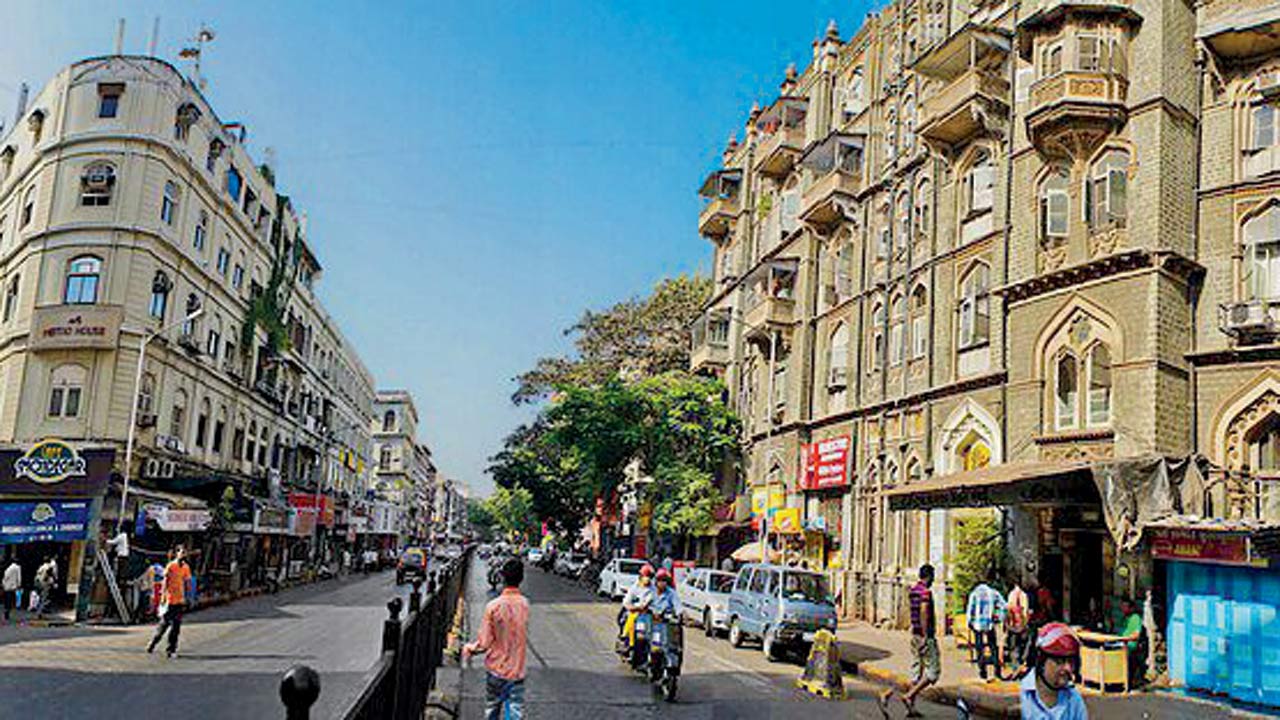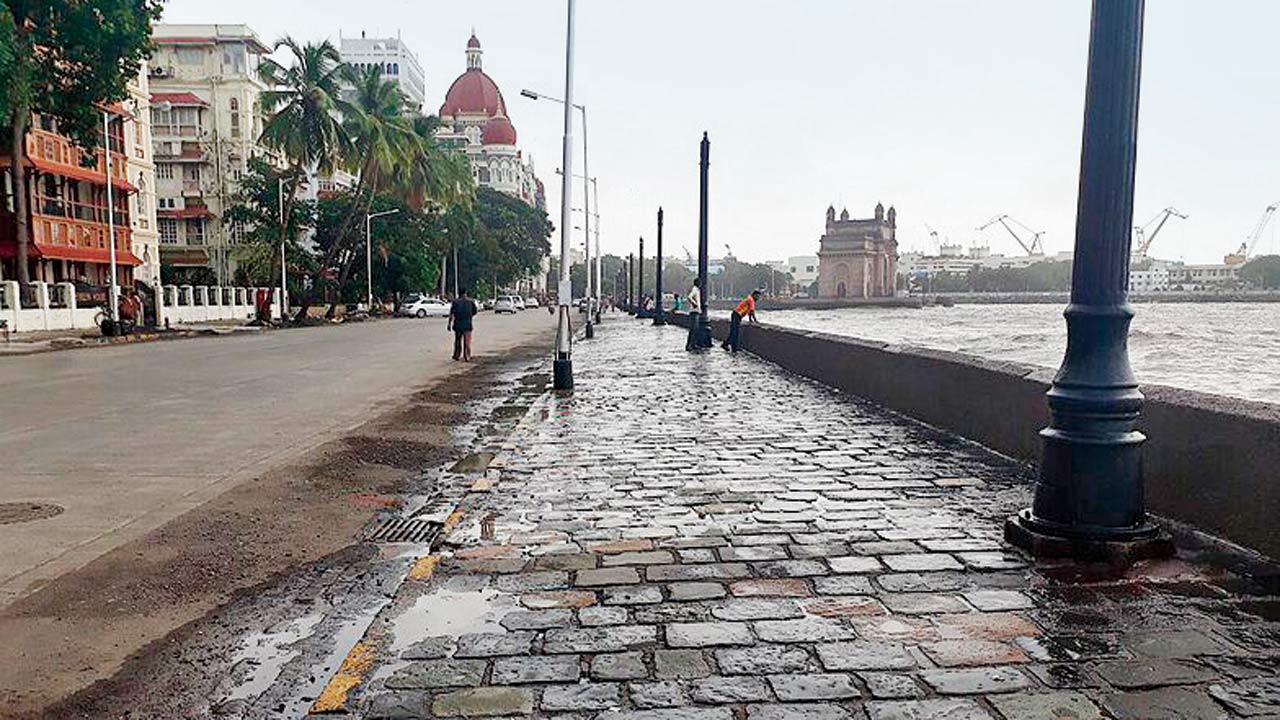Attend this event and uncover the many layers of SoBo’s most popular precinct, Colaba

Afghan Church after a restoration earlier this year. File pic
From heritage landmarks and pulsating bazaars to chic cafés and art galleries, Colaba is an essential part of Mumbai’s cosmopolitan identity. Home to some of the most iconic landmarks including the Gateway of India, a historic causeway and The Taj Mahal Palace Hotel, Colaba’s ever-evolving landscape has always played a warm host to every chapter of India’s dynamic history. This Tuesday, a diverse panel, consisting of St+art co-founder. Arjun Bahl, The Food Matters Group co-founder, Gauri Devidayal, author, Shabnam Minwalla, Ace Productions’ CEO, Raëll Padamsee and Vice-Admiral (Retd) IC Rao will join architect Nikhil Mahashur in an intriguing conversation on the locality’s cultural history as a part of Avid Learning’s Uncovering Urban Legacies series.
ADVERTISEMENT
 A 1905 collotype of Colaba Causeway. Pics Courtesy/Wikimedia Commons
A 1905 collotype of Colaba Causeway. Pics Courtesy/Wikimedia Commons
“This discussion will prove to be brilliant for audiences, guests and the public at large, who want to get an insight into how this southern part of Mumbai has evolved over the years. Colaba has had many transformations, many layers which have come up over the years,” says Arjun Bahl over a phone call. Wandering through Colaba’s winding lanes is like stepping through time, from Edwardian residences to Art Deco marvels, all coexisting in a vibrant cultural mosaic.
 (Left) Metro House and (right) Majestic Guest House
(Left) Metro House and (right) Majestic Guest House
“Colaba has definitely gentrified over the years. In the aftermath of the plague, the affluent section of Bombay’s population, mainly the Parsis and the Europeans, moved to Colaba from Byculla. Suddenly, you could see opulence to Bombay’s architecture and that is when Colaba started transforming into a culturally rich space. And the influx grew especially after the construction of the causeway as retail also entered the domain,” Mahashur explains.
 A view of Gateway of India and The Taj Mahal Palace hotel
A view of Gateway of India and The Taj Mahal Palace hotel
While Colaba’s multicultural demography is one of the most interesting and apparent indications of its transformation, there’s a strong military hold in its history too as Retd. Admiral Rao tells us, “The rocky shoreline of Colaba Island was a problem for people coming to Bombay in the old days, which is why it got converted into a military station. Now, there’s obviously a naval station, an army battalion and helicopter station in the area as well. But there are also these landmarks such as the Afghan Church (St John the Evangelist Church) and Prong’s Lighthouse, which are deeply associated with Colaba’s maritime activities.”
 Arjun Bahl and Nikhil Mahashur
Arjun Bahl and Nikhil Mahashur
There is no doubt that in the midst of rapid urban development and especially for historical cities, space is a major issue. How can Colaba deal with the rules of modern architecture then? “Although Colaba’s architecture is old, none of them have open spaces. For it to fit contemporary needs, we have to start infusing more space to its buildings, without disturbing the eclecticism of its architecture,” reveals Mahashur.
On November 12, 6.30 pm onwards
At Coomaraswamy Hall, Chhatrapati Shivaji Maharaj Vastu Sangrahalaya, Fort.
Register www.avidlearning.in
Free
 Subscribe today by clicking the link and stay updated with the latest news!" Click here!
Subscribe today by clicking the link and stay updated with the latest news!" Click here!







